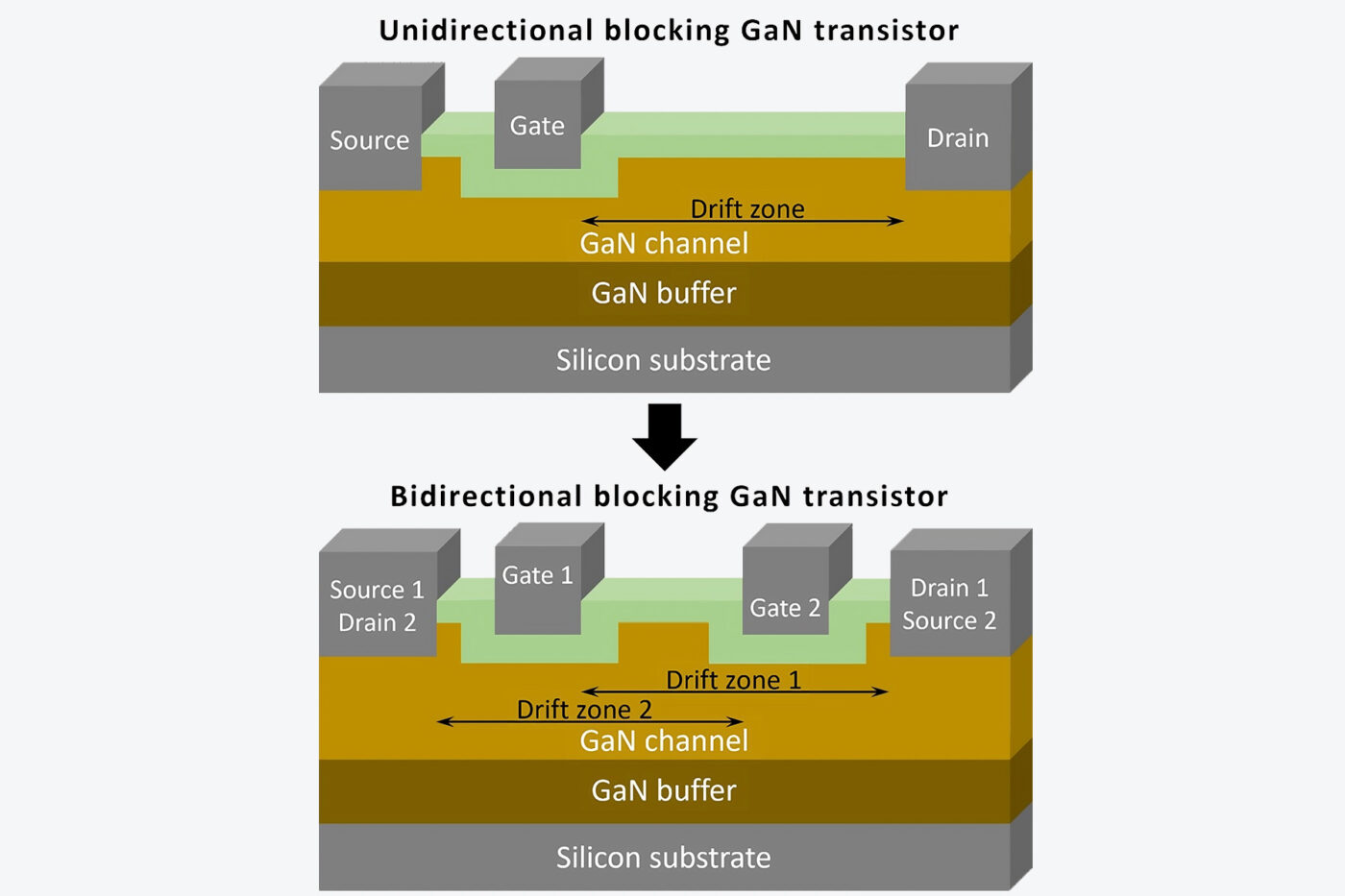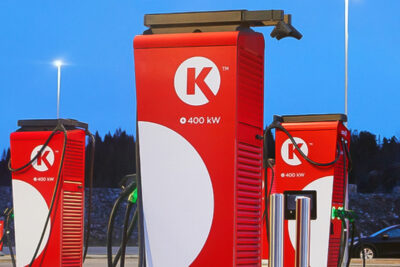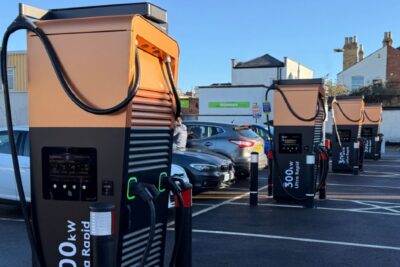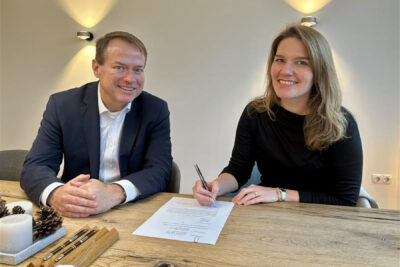Fraunhofer researchers want to make home charging more efficient
The initial situation is clear: the power grid runs on alternating current, but the direct current is stored in the vehicle battery – so the conversion has to take place somewhere. In AC charging, this is the case in the onboard charger, which is installed in the vehicle. Inevitably, losses occur during this conversion. Although there are differences between charging with an ICCB unit on the household current or with a wall box charging station, even a wall box charger cannot completely prevent these losses.
As part of the BMBF-funded ‘EnerConnect’ project, researchers from the Fraunhofer Institute for Reliability and Microintegration IZM and the Technical University of Berlin, with the support of Delta Electronics Inc., BIT GmbH and Infineon Technologies AG, are testing a circuit with innovative, bidirectionally blocking GaN transistors – i.e. semiconductors made of gallium nitride.
Similar to silicon carbide (SiC), which is already partially used in the power electronics of electric cars, GaN semiconductors enable high switching frequencies and therefore smaller and potentially cheaper components. However, they can only block the voltage in one direction. The bidirectional blocking GaN transistors are different. “These have two gate structures to handle both negative and positive voltages, making the new switching architecture particularly appealing for converters and rectifiers used with the public grid,” writes the Fraunhofer IZM.
In other words, the circuit that the researchers at ‘EnerConnect’ are working on would be too complex with conventional semiconductors – but it is possible with GaN. “The system is called a buck-boost converter, which can work with higher or lower input voltages. The trick lies in the bidirectional blocking transistors, which can seize all of the benefits of this design,” the Fraunhofer Institute explained in the press release. Conventionally, active rectifiers in electric cars are switched with high voltages. However, with the innovative circuit being researched at Fraunhofer IZM, the voltage can also be set lower. The resulting lower switching voltage reduces the switching losses in the converter.
The circuit also makes it possible to save on a converter stage: in a rectifier, the input voltage usually has to be increased in two separate components and then reduced again to the required battery voltage. By using bidirectional blocking GaN transistors, these two steps can be combined in a single converter stage, further increasing efficiency while reducing material requirements and costs.
The result: the efficiency of the converter could be increased to up to 99 per cent, and a further increase in the switching frequency is also ‘conceivable’. A target of 300 kHz has been set. “The researchers are working towards a target switching frequency of 300 kHz, which would allow power density to be ramped up to 15 kW per litre – a full 800% over the chargers currently in the market,” the research Fraunhofer IZM. In other words, a powerful onboard charger could be developed that is even smaller than today’s chargers.
In the press release, Fraunhofer IZM also writes about bringing “substantial benefits in terms of power density and efficiency and promise to make charging electric vehicles from commonplace home sockets much more effective.” This does not refer to charging capacities in the range of DC fast chargers, but refers to the fact that a compact 22 kW onboard charger would be possible. In electric cars, three-phase 11 kW onboard chargers with 16 amps are virtually standard; for cost and space reasons, many manufacturers do not offer 22 kW versions. GaN transistors could solve both the space and cost problem, making 22 kW onboard chargers more easily available.





0 Comments